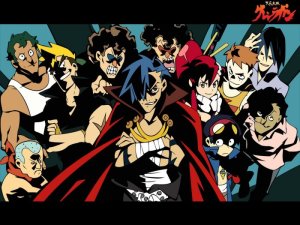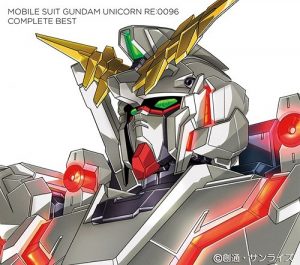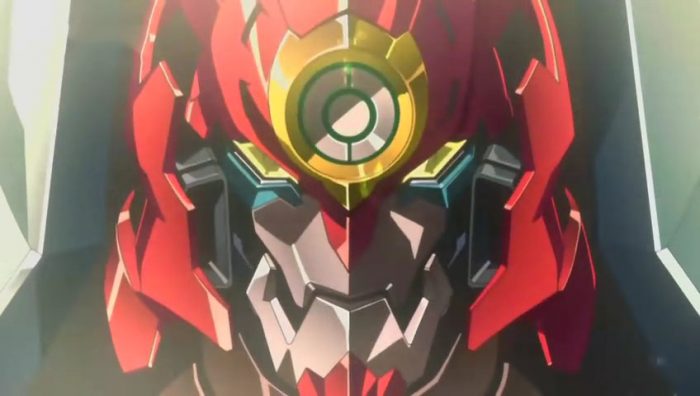
- Episodes : 27
- Genre : Mecha, Action, Adventure, Comedy, Sci-Fi
- Airing Date : April 20017 - September 2007
- Studios : Gainax
Anime starring giant robots are just not in high demand anymore. That’s not to say there aren’t good or interesting mecha anime still being made; Gundam found its footing again with the recent Iron-Blooded Orphans, and Darling in the Franxx got people talking earlier this year. However, neither of these shows dominated public discussion like, say, Yuri on Ice or Miss Kobayashi’s Dragon Maid have managed to in modern times. Mecha anime are now merely a niche within the subculture.
But this wasn’t always the case. Giant robots used to be the poster children of anime, symbolic of the different kind of storytelling that could only be found in the medium. But as time went on, the focus has turned to slice-of-lifes or “trapped in a different world” stories. The last mecha anime that captured the zeitgeist was Tengen Toppa Gurren Lagann over 10 years ago. What is it that drove people to this series, and why have mecha anime failed to garner the same buzz? Let’s take a look!
Back to the Genre’s Roots
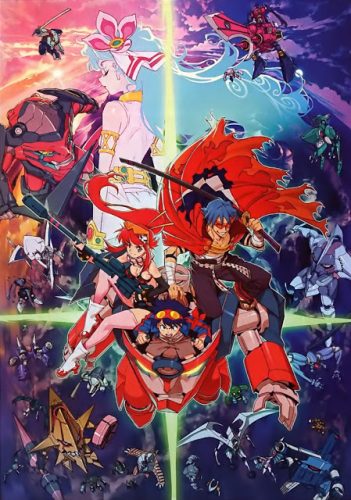
Mecha series used to be about one thing, and one thing only: giant robots smashing things and being cool. While technically the genre started back in the 60s with Giant Robo, mecha anime as we know it didn’t really start until the 70’s with Go Nagai’s Mazinger Z, which was the first to have the main characters pilot their mechs rather than control them from the outside. This placed a more immediate sense of danger on our heroes, as this meant they were right in the middle of the action. The plots weren’t much more complex than “Demons invade and heroes must stop them”, but there was a simple charm to them because that danger opened up more potential for character drama.
As time went on, mecha anime grew increasingly complex. Mobile Suit Gundam ran with the concept of character drama driving the action and added moral ambiguity to the conflicts. Stories were no longer “good guys vs bad guys”, but “flawed heroes vs sympathetic villains”. Macross created the “space opera” subgenre -basically soap operas in space. Gainax’s own Neon Genesis Evangelion completely turned the genre on its head and made it a character study on depression. In fact, Neon Genesis Evangelion was such a massively influential series that it turned what was once a fun and optimistic genre into one all about self-loathing.
Gainax went on record once and called Gurren Lagann an apology for Evangelion because of this. They decided to go back to the roots of what once made Mazinger Z great. Nothing’s ever justified about the titular Gurren Lagann: it can just fuse with other mechs because it’s a handy plot convenience. There’s no rhyme or reason why it can spawn gigantic drills outside of being totally dope. And how exactly do only 10 or so people manage to pilot a mech that’s bigger than the Milky Way. Who cares?! They use ENTIRE GALAXIES as NINJA STARS! It all explodes off the screen with vibrant and intense animation, like the animators’ 6-year-old selves have resurfaced and are excitedly recounting their favorite scenes from Mazinger Z.
Deconstruction of the Destruction
Of course, it’s not as if Gurren Lagann didn’t learn a thing or two from newer mecha anime as well. It’s just that, while Neon Genesis Evangelion captured the realistic pain and anxiety that anyone would go through if they were actually thrust into the same scenarios that the heroes of old were forced into, Gurren Lagann turns that on its head by deconstructing the kinds of heroes that came after Shinji. Simon is practically a retread of Shinji at first; quiet, unassuming, and just does what he’s told. Meanwhile, Kamina is practically forcing Simon to get off his butt and do something with himself. It’s almost as if the series was begging people to please quit attaching themselves to these wimpy, undeserving heroes.
It’s watching this growth that made Gurren Lagann so satisfying. Simon continued to come more and more into his own to the point that, not only could he get on without Kamina, he’d even surpass Kamina’s expectations. He’d struggle relentlessly, pushing himself to the absolutely believable limit and come out on top. While this story is told all the time in Shounen anime, what made it fresh in Gurren Lagann were the stakes. Without going too deep into spoilers, there’s so much loss in the world of Gurren Lagann. Characters are forced into making logical sacrifices for the sake of the team. This, in contrast with the overall upbeat nature of the show, made any victory Gurren-Dan achieved feel totally earned.
Final Thoughts
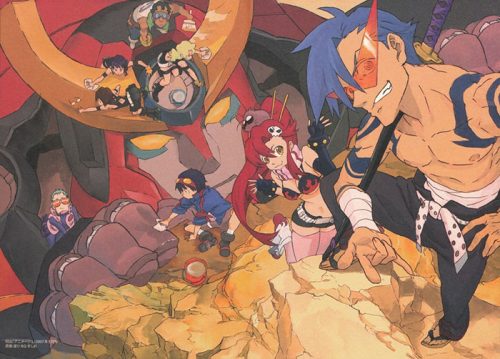
While Gainax was actually attempting to revitalize a dying genre with Gurren Lagann, it feels only fitting that it turned into something of a swansong for it. Maybe it’s because, in a way, there really was nowhere else to go after Gurren Lagann. The genre will continue to survive, but it’s hard to imagine another grand epic like Tengen Toppa Gurren Lagann ever again.
Disagree? Want to share your favorite Gurren Lagann moments? Please, let us know in the comments below!
Recommended Post
6 Anime Like Tengen Toppa Gurren Lagann [Recommendations]
Recommended Post
Top 10 Skilled Gurren Lagann Characters
Recommended Post


